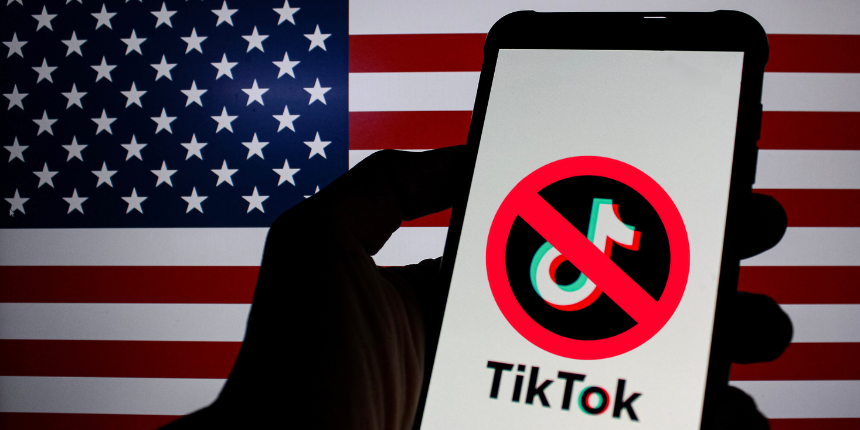
Amplify your reach and drive results with our tailored paid media strategies.

Media consumption is as varied as the generations that shape it. Each group’s preferences are influenced by the technology, cultural norms, and societal shifts of their formative years. For media planners, recognizing these distinctions is vital to crafting campaigns that connect authentically.
Gen Z, Millennials, and Gen X each demonstrate unique patterns across traditional and digital platforms, reflecting broader shifts in how audiences engage with content. Let’s take a closer look at the numbers behind the headlines.
Gen Z represents the first generation to grow up entirely in the digital era, and their behaviors reflect this immersion. While traditional media still has some foothold, it’s clear that platforms like YouTube (70%), TikTok (52%), and Snapchat (52%) dominate their attention. These platforms aren’t just entertainment hubs; they’ve become integral to how Gen Z discovers and interacts with the world.
46% of Gen Z prefer social platforms for searches, bypassing traditional engines like Google. Platforms like TikTok are particularly favored for lifestyle queries such as fashion and gift ideas, making TikTok’s algorithm a key opportunity for discovery.
Gen Z’s reliance on mobile devices is evident, with 23% spending over 5 hours daily on mobile internet. For marketers, short-form video and influencer partnerships on platforms like TikTok and Snapchat are critical for engaging this highly visual, mobile-first audience.
Millennials’ adaptability is their defining characteristic. Streaming services like Netflix (69%) and Prime Video (50%) dominate their habits, while 35% still watch 1 to 3 hours of traditional TV daily. This balance reflects their hybrid approach to media consumption.
Millennials’ economic stability, with a median household income of $93,381, positions them as ideal targets for premium offerings like subscription-based services. They are also highly engaged on Instagram (50%), blending visual and interactive content into their routines.
Integrated campaigns that flow across platforms—mobile, desktop, and streaming—are crucial for this audience. With 40% spending 1 to 3 hours daily on mobile devices, marketers must ensure consistent messaging across all touchpoints.
Subscribe to our monthly newsletter.
Gen X balances traditional media habits with digital engagement. While 64% use Netflix and 50% stream on Prime Video, they remain the most engaged with traditional TV (39% watching 1 to 3 hours daily) compared to younger generations.
65% of Gen X use Facebook regularly, reflecting their preference for platforms that facilitate practical connections. Their higher homeownership rate (74%) also shapes their media consumption, as they are more likely to engage with home-related products and services.
46% of Gen Z rely on social platforms for search, compared to just 42% of the total population, highlighting their shift toward visual, interactive discovery. In contrast, Millennials and Gen X still lean heavily on traditional search engines like Google, with 58% of Gen Z and 64% of total users relying on them.
The adoption of AI-powered platforms like ChatGPT and SearchGPT is growing, with 31% of Gen Z using AI for search compared to 20% of total users, signaling a move toward more personalized search experiences.
Understanding generational media habits reveals more than just preferences—it highlights opportunities. Gen Z’s mobile-first behaviors and reliance on social platforms require short-form, visual storytelling. Millennials’ multi-platform adaptability demands integrated campaigns across mobile, desktop, and streaming. Gen X, loyal to traditional media but increasingly active on digital platforms, benefits from a balanced approach.
Tailoring full-funnel media strategies to match each generation’s preferences and consumption patterns is key to building authentic and impactful connections.
Amplify your reach and drive results with our tailored paid media strategies.
Amplify your reach and drive results with our tailored paid media strategies.
Subscribe to our monthly newsletter.